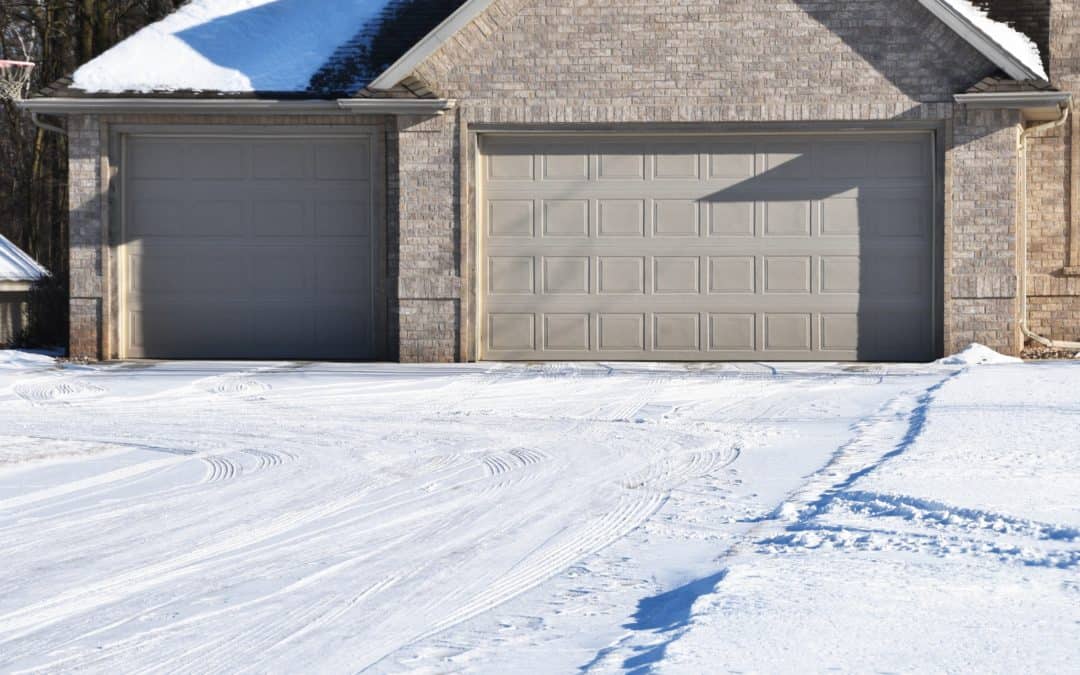Although it may seem like an unnecessary task, insulating your garage door can actually provide you with a variety of benefits. The process is also typically simpler than it seems. If you are able to follow instructions and are capable of completing mildly physical tasks, you should have no trouble insulating your garage door. With that in mind, here is a closer look at the benefits of insulating your garage door, as well as the steps to help you complete the process in a quick, efficient manner.
Benefits of Insulating Your Garage Door

While they may not seem immediately evident, there are plenty of benefits of insulating your garage door. Especially if you are a new homeowner, taking the time to complete small tasks such as these may prove to protect your investment for years to come. If you still need more reasons why you should consider insulating your garage door, here’s a list of the top benefits:
- Energy efficiency: One of the top benefits of insulating your garage door is that it helps make your garage more energy efficient. This is because the insulation helps keep heat in during the winter and helps keep heat out during the summer months. Especially if your garage is connected to your home, this can help to drastically reduce your electric bill year-round.
- Less noisy: Although many garage doors are noisy in general, insulating your garage can help you to lessen the noise made while you use it. This is because the insulation absorbs most of the noise.
- Strengthening your garage door: Another major benefit of insulating your garage door is that this will make it stronger and more durable. For instance, insulated garage doors are less likely to become damaged due to wind, water, vehicles, slamming, and other factors.
- Protecting your belongings: Although your vehicle may be your main concern, insulating your garage can help protect everything you are keeping in your garage. Since most objects get damaged when they are exposed to extreme temperatures, an insulated garage door can help moderate temperatures, which can prevent damage that is often caused by extreme hot or cold weather.
Types of Insulation
Before we get into the steps to insulating your garage door, let’s take a look some of the most common types of insulation for garage doors:
- Reflective: This type of insulation has highly reflective aluminum foil on top of the insulation material. Reflecting radiant heat, this type of insulation is great for those who live in hot climates or ones that are known for especially sweltering summers.
- Batt: Commonly made from fiberglass, this type of insulation is known for being flexible. Backed by either paper or foil, this insulation is used as an air and/or vapor barrier.
- Foam board: This type of insulation is more rigid and is most commonly made from polystyrene. Providing a high level of insulation with only a small level of thickness, this is ideal for anyone who wants to insulate their garage in a manner that is cost-effective and efficient.
What You Will Need
Now that you’re ready to start the job, here is what you will need:
- A tape measure.
- Safety goggles.
- A box cutter or utility knife.
- Work gloves.
- Pen, pencils, or markers.
- Insulation.
- Composite fasteners.
- Garage door seal (optional).
How to Insulate an Existing Garage Door
Now that we know why garage insulation is important, let’s take a look at the steps you need to take in order to do so:
- Make your mark: The first step to insulate your garage door is to measure to find the areas that are 12 inches in from each side. Mark these areas, and ensure that they are centered.
- Cover your markings: From there, you will cover all of the areas you marked with double-sided tape.
- Attach your retainer clips: After that, you need to attach the retainer clips to all areas that you have covered with the tape.
- Measure the panels: Next, you will want to measure each individual panel. Although they may appear to be the same size, they likely are not.
- Cut the insulation: From there, you need to cut the insulation for each panel. Each piece should measure 1-2 inches larger than the panels. Given that many of these insulation materials irritate the skin, you need to be sure that you are wearing protective clothing, goggles, gloves, etc.
- Tuck the insulation: Next, you need to tuck the insulation into each panel with the shiny side facing forward. No matter what type of insulation you have chosen, the covering should be the part that is visible.
- Fasten the clips: After that, you need to feel for the retention clips that are now hidden under the insulation. You will then make small incisions where those clips are and fasten them using the front side of the retention clips.
- Add garage door seal: Lastly, you can finish this process by installing a garage door seal. These are used to help prevent water from leaking underneath the door, to keep pests and rodents out, and also as a method of reinforcing the insulation. To install these, you typically use adhesive and/or caulk to help secure it to the ground where the garage door rests.
When to See a Professional
Although insulating your garage can solve many problems, it cannot account for the issues caused by a garage door that needs to be replaced. If you have a garage door that is old and noisy, has trouble opening or closing, is rusting, or has another issue, it may be time to replace it altogether. If you are uncertain, be sure to consult with a professional.
Here at Overhead Garage Door, we offer same-day service, as well as emergency 24-hour service. A family-owned and operated business that has been serving this area since 1969, our team of experts would be happy to assist you whether you need a new garage door or simply need to replace your garage door opener. Contact us today to discuss your garage door repair needs!

